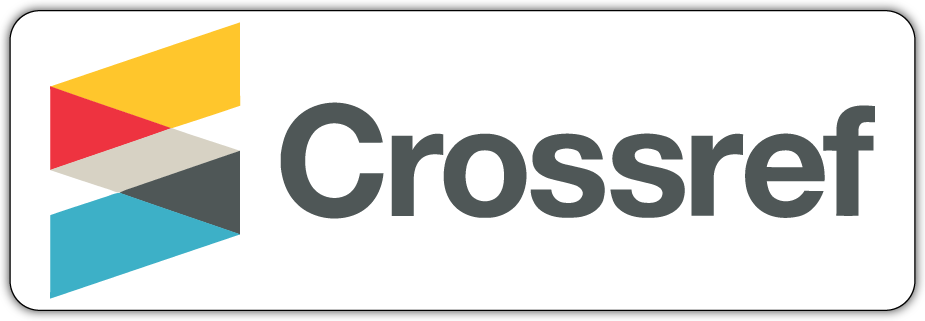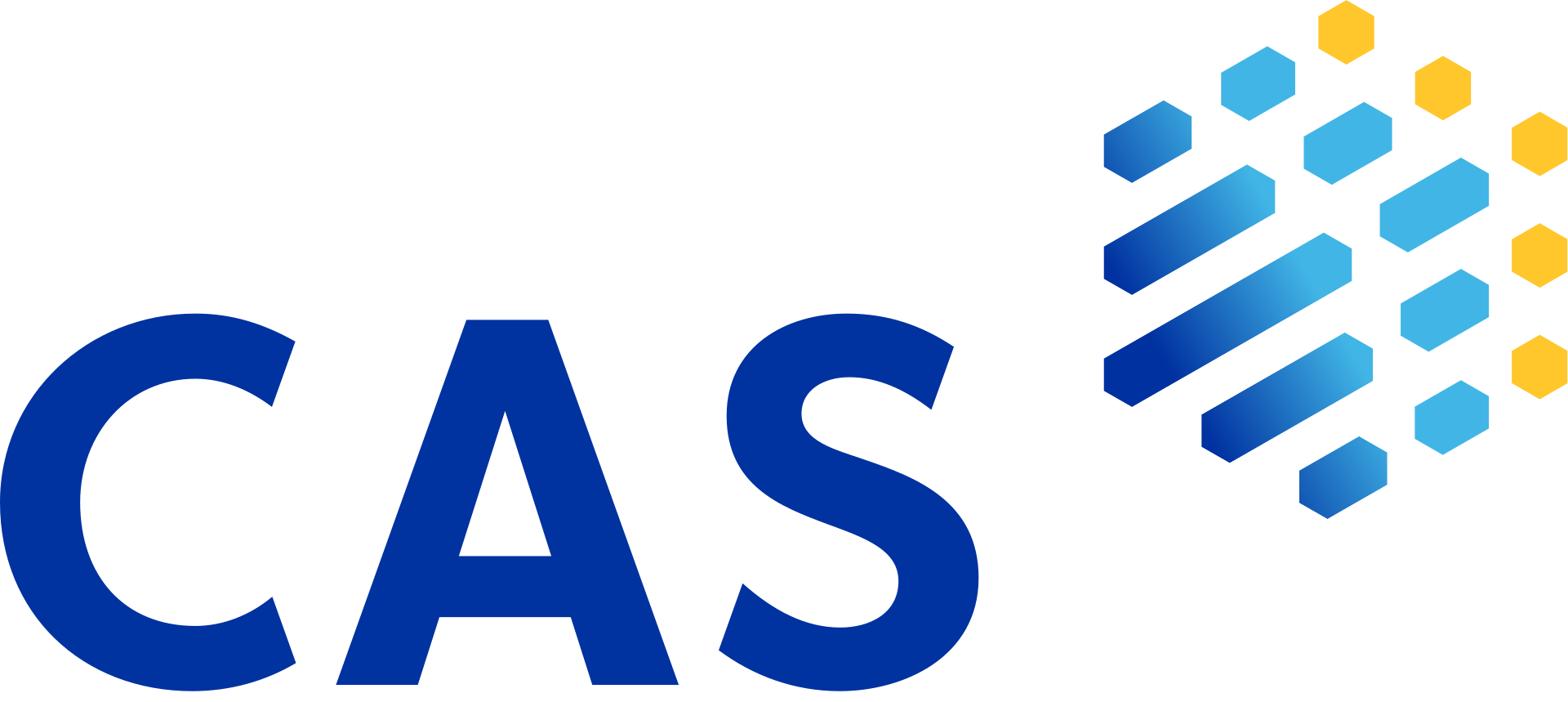Leachate water from sanitary landfills represents one of the most complex global environmental problems. This paper examines the possibility of using aluminosilicate material, pyrophyllite, from the Parsovići deposit, as an adsorbent. It was researched the influence of two granulations of pyrophyllite (0-53 μm and 0-100 μm) on the degree of adsorption of heavy metals (Fe, Ni, Mn) from leachate water from the municipal landfill "Desetine", Tuzla. The adsorption experiment was performed using the Batch method, depending on the contact time between the adsorbent and the adsorbate, the mixing speed, and the mass of the adsorbent, pyrophyllite, through two treatments. The results indicate a higher efficiency of the finer fraction of pyrophyllite, and in the competition of the three examined metals, iron is completely removed in the first treatment with both granulations and then nickel with finer granulation and manganese with coarser. After the first treatment, the unpleasant smell was removed, which is certainly a consequence of the removal of ammonia compounds as the most abundant compounds in leachate water. In these pioneering researches, pyrophyllite proved to be effective, and at the same time, it is a cheap, easily available, and environmentally friendly material for leachate water purification.











